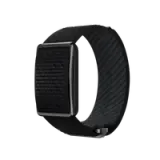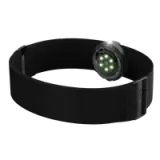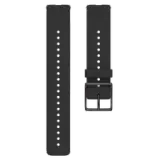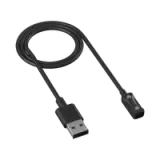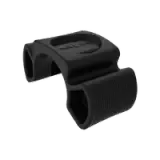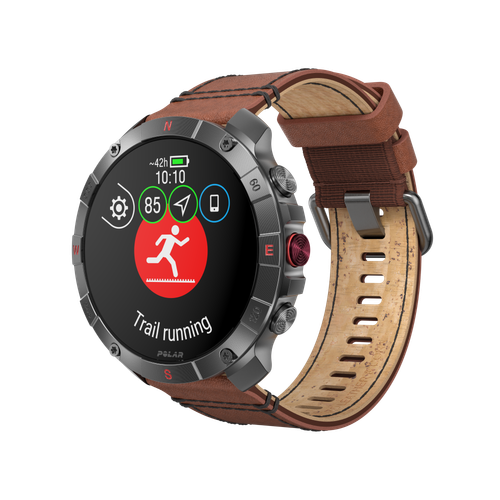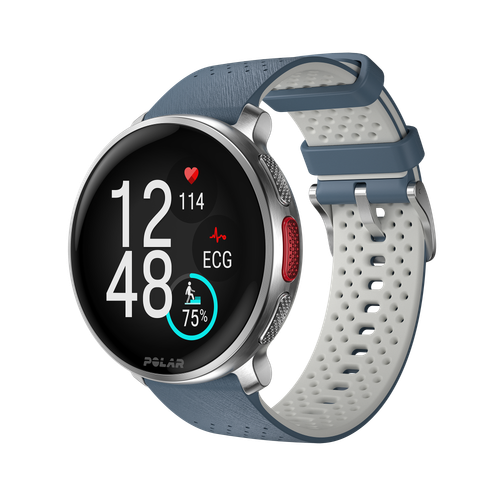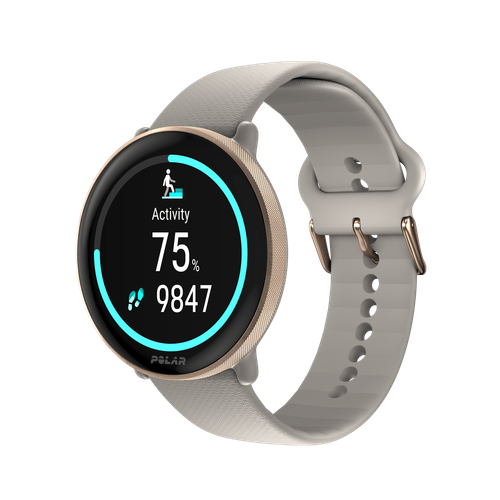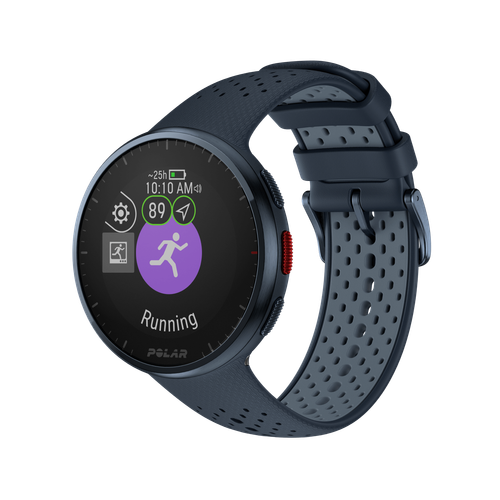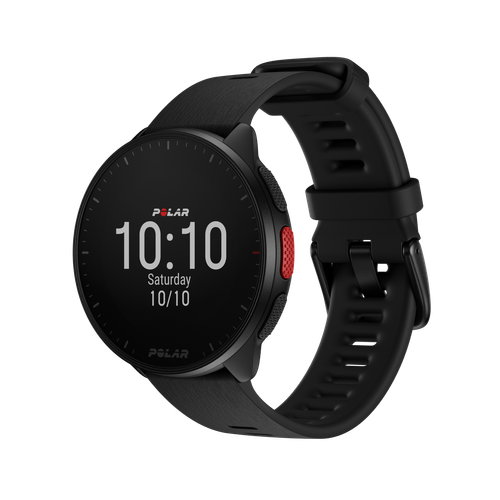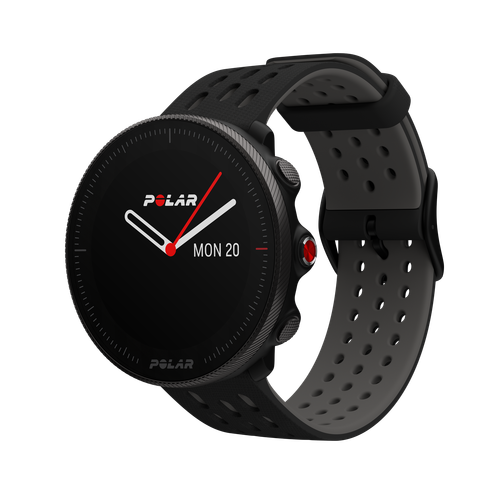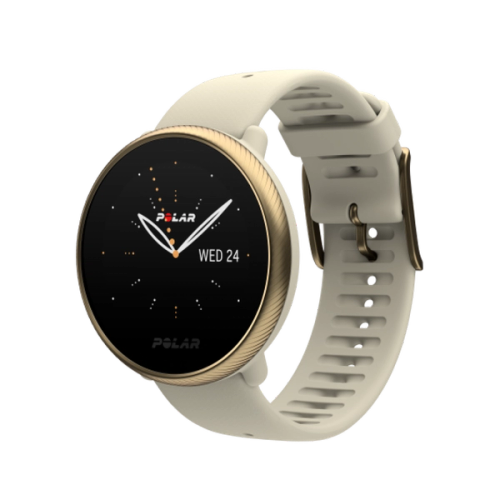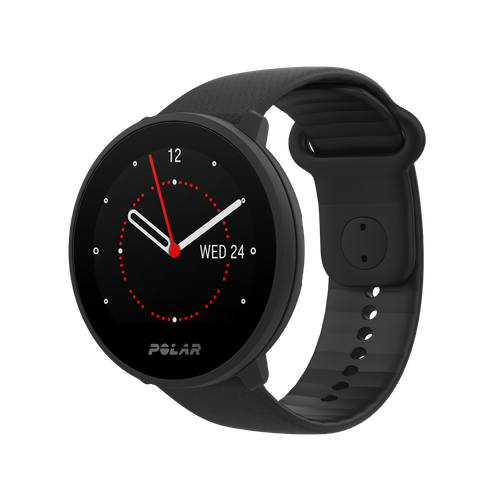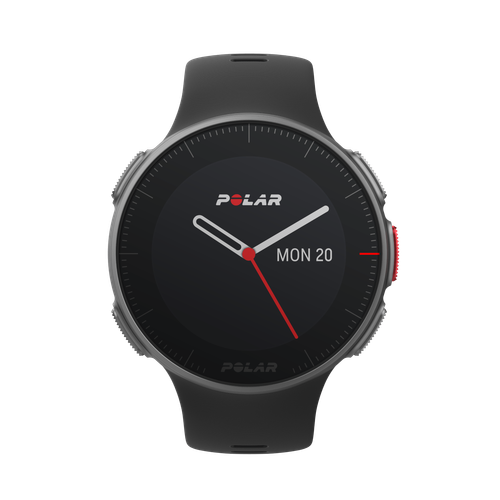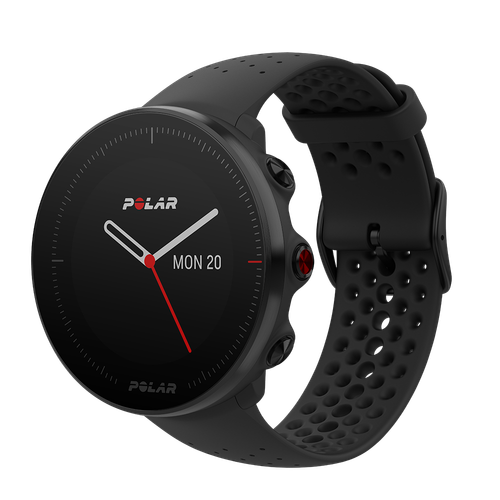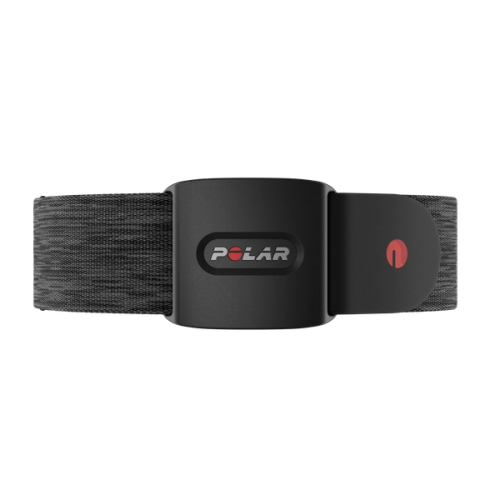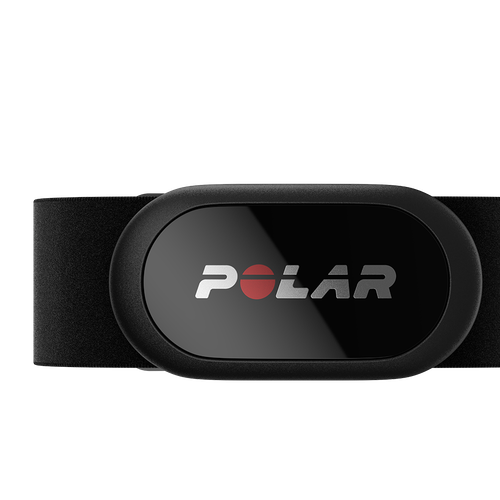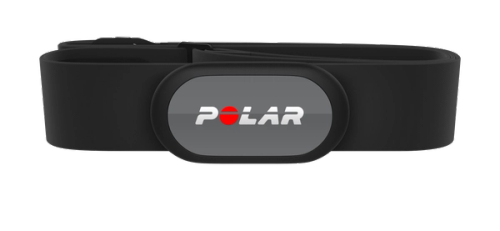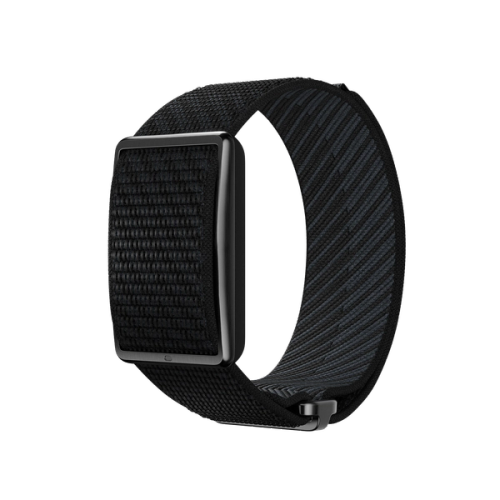The memory of a marathon still hums in your bones, doesn’t it? That epic journey, mile after glorious mile, culminating in a triumphant surge across the finish line. You remember the exhilaration, the roar of the crowd, the sheer, unadulterated joy of conquering 26.2 miles. But beneath that undeniable triumph, and beyond your muscles’ immediate, screaming protests, lies a less visible narrative – a story whispered by your very cells.
You poured months, maybe even years, into this endeavor. Countless sunrises witnessed your footsteps, endless miles etched into your soul, each long run a testament to your discipline and dreams. You pushed your body, meticulously crafting its endurance, strengthening its resolve. Yet, in that heroic effort, in the very act of reaching for greatness, your internal landscape underwent profound changes. This isn’t about the immediate fatigue or the comical ‘Robocop walk’ of the first day or two. This is about the subtle, enduring shifts, the invisible echoes of the race that can linger for weeks, even months. It’s time to pull back the curtain on the quiet work your body undertakes during post-marathon recovery, long after the cheering fades, to truly heal and rebuild from the incredible feat you accomplished.
undefined
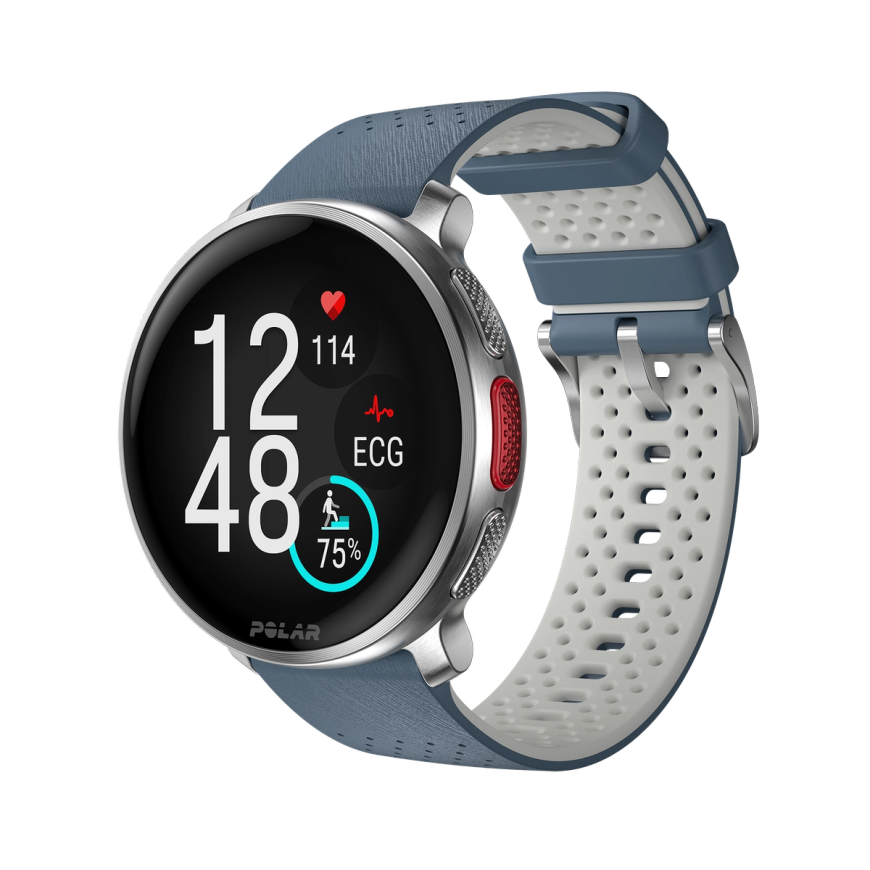
Polar Vantage V3
Premium-Multisportuhr
Bietet Biosensoren, AMOLED-Display, Dual-Frequenz-GPS, Karten und das umfassendste Angebot von Trainings- und Erholungsfunktionen auf dem Markt. Es ist soweit: Die Polar Vantage V3, die Sportuhr mit Smartwatch-Funktionen, ist da, um dir zur Bestleistung zu verhelfen.
What Happens to Your Body in the 48 Hours After a Marathon?
As the euphoria of the finish line subsides, your body embarks on a complex symphony of physiological adjustments, particularly in the initial 48 hours. The most visceral experience is often Delayed Onset Muscle Soreness (DOMS). This isn't merely fatigue but a profound protest from your muscles, particularly those in the lower limbs. Microscopic tears within muscle fibers, an inevitable consequence of the prolonged eccentric contractions during the race, trigger an inflammatory response. This biological cascade manifests as the familiar deep ache, stiffness, and reduced range of motion, often peaking within 24 to 48 hours post-race, rendering simple movements a challenge.
Beyond the musculoskeletal system, a fascinating, albeit temporary, neurological phenomenon often emerges: 'brain fog.' A recent study published in Nature Metabolism sheds light on this. It suggests that marathon running can induce a transient reduction in myelin content (the crucial fatty sheath that insulates nerve fibers and facilitates rapid signal transmission) within specific brain regions. While this phenomenon highlights the profound systemic impact of extreme endurance, the good news is that, according to the study, these changes appear to be reversible, with brain composition returning to normal within two months.
Simultaneously, your intricate fluid and electrolyte balance is undergoing a critical recalibration. Profuse sweating during the marathon leads to significant losses of essential electrolytes like sodium, potassium, and magnesium. While immediate post-race efforts aim to restore this equilibrium, subtle imbalances can persist for the initial 48 hours. These lingering deficits can contribute to a generalized feeling of fatigue, potential muscle cramping, and a pervasive sense of malaise as your body diligently works to restore optimal cellular function across all systems.
Longer-Term Post-Marathon Recovery from Damage
While the immediate aftermath of a marathon is characterized by obvious symptoms in the first 48 hours, the deeper narrative of recovery unfolds over weeks and even months. Intriguingly, advancements in athletic technology, particularly the advent of 'super-shoes', coupled with sophisticated nutritional strategies for both training and race day, are demonstrably accelerating the acute recovery window. This expedited physiological rebound has, for some, ignited a compelling inclination towards more frequent marathon participation.
However, the scientific imperative remains: despite these remarkable aids, the profound systemic demands of a marathon warrant a degree of caution. Prudence dictates a whole month of dedicated recovery and, perhaps, a respectful adherence to the traditional cadence of two marathons per annum, particularly if you want to race them all out. Such an approach not only safeguards against the insidious accumulation of long-term damage but also strategically opens the training calendar for cultivating other distances and, crucially, the often-neglected anaerobic system. Thus, ensuring you become a more robust and holistically developed runner.
Next, this section will delve into the less conspicuous yet equally significant sequelae of such extreme endurance events, exploring the persistent whispers of cellular repair, the gradual restoration of hormonal equilibrium, and the subtle neurological reintegration that defines the true arc of post-marathon recuperation from damage.
Enjoying this article? Subscribe to Polar Journal and get notified when a new Polar Journal issue is out.
Subscribe
Musculoskeletal System
Muscle Weakness
The marathon’s relentless demands leave an enduring imprint on muscular strength. Beyond the initial soreness, a tangible weakness can persist due to the deep microtrauma inflicted upon the working muscles. Studies indicate that the restoration of peak muscle strength and power may extend well beyond the immediate recovery period, potentially spanning several weeks. This lingering deficit can subtly alter biomechanics and compromise the efficacy of subsequent training if not addressed thoughtfully.
Cardiac Fatigue
Similarly, the extraordinary cardiovascular pursuit of a marathon can induce a state of cardiac fatigue, a transient reduction in the heart’s functional capacity. While often overshadowed by more obvious musculoskeletal complaints, this physiological strain may exhibit a more protracted recovery timeline in some individuals. Like skeletal muscle, the heart muscle experiences stress and micro-trauma during prolonged exertion, potentially leading to a temporary decrease in pumping efficiency. Studies suggest that certain cardiac biomarkers can remain elevated for several days post-race, indicating ongoing myocardial stress.
Consequently, a premature return to high-intensity running is not merely ill-advised, but often demonstrably frustrating. Even a perceived effort to hit accustomed fast paces will likely feel disproportionately harder, a direct consequence of the subtle, yet significant, temporary reduction in cardiac efficiency.
Bone Stress, Tendon and Ligament Issues
The rigorous demands of a marathon buildup, often spanning 12, 14, or even 16 weeks, intentionally push the body into a state of ‘overreaching’ – a calculated accumulation of significant physiological work. While this training strategy is essential for adaptation and performance, it also carries an inherent risk. The relentless impact forces, mile after mile, place immense cumulative stress not only on our muscles but also, more insidiously, on our bones, tendons, and ligaments.
These connective tissues, with their comparatively slower metabolic turnover, are often silent sufferers in the immediate post-race period, their micro-tears and developing vulnerabilities masked by acute muscle soreness. However, if we fail to grant our bodies adequate time to recover from this protracted overreaching, we risk a cascade of overuse injuries.
Bone stress reactions, precursors to debilitating stress fractures, may quietly develop, only to declare themselves days or weeks later as localized pain intensifying with weight-bearing. Similarly, tendons and ligaments, harboring microscopic damage, can manifest stiffness or pain long after the initial acute phase. This delayed presentation underscores a critical scientific principle: running on accumulated fatigue, whether muscular, skeletal, or connective tissue-based, is a primary driver of injury, turning adaptation into pathology. Vigilance and patience in recovery are paramount to prevent these silent stressors from escalating into significant setbacks.
Metabolic and Systemic Effects
Lingering Fatigue
Beyond the acute physical exhaustion, a marathon can instigate a profound and often surprising lingering fatigue that extends well past the initial 48 hours, sometimes for weeks. This isn’t merely tired muscles – it’s a systemic exhaustion rooted in the body’s monumental effort to restore depleted energy reserves and repair extensive tissue damage. Glycogen stores, crucial for immediate energy, take time to replenish fully, and the inflammatory processes ignited by the race continue their work of clearing debris and initiating repair. This deep-seated fatigue can manifest as a persistent lack of energy, reduced motivation, and even a feeling of being ‘run down.’ However, it’s important to remember that it’s normal to feel tired and sleepy during the evenings following a marathon (and for many, this is an enjoyable feeling).
Inflammation
The profound physiological disruption of a marathon triggers a systemic inflammatory response, a necessary process for initiating muscle repair and tissue remodeling. However, this inflammatory cascade, characterized by elevated biomarkers such as C-reactive protein, can persist for several days, potentially contributing to ongoing muscle soreness, fatigue, and even a heightened susceptibility to illness. While acute inflammation is beneficial, prolonged or dysregulated inflammation can hinder recovery and impede optimal physiological function.
Immune System Suppression
The physiological stress of a marathon can cast a long shadow over the immune system, creating what is often referred to as an ‘open window’ of increased vulnerability to infection. While the immediate aftermath is characterized by acute immune cell redistribution and hormonal shifts, this temporary suppression can linger for days, or even weeks, rendering runners more susceptible to opportunistic pathogens like those causing the common cold or flu. The body, prioritizing recovery from the immense physical trauma, temporarily reallocates resources away from immune surveillance, leading to a transient dip in defensive capabilities.
Hormonal Imbalances
Similarly, the physiological stress of a marathon also instigates a complex cascade of hormonal adjustments, some of which may linger well beyond the initial recovery window. Hormones like cortisol, the body’s primary stress responder, typically surge during prolonged exertion to mobilize energy. Conversely, anabolic hormones such as testosterone, crucial for tissue repair and adaptation, can experience a significant decline. While these shifts are acute and necessary during the race, their return to baseline levels isn’t always immediate. Studies suggest that this hormonal recalibration can take several days to weeks, potentially impacting mood, energy levels, and the overall efficiency of recovery.
Neurological and Psychological Effects
Mood Fluctuations
The exhilarating crescendo of crossing a marathon finish line often gives way to a phenomenon known as ‘post-marathon blues,’ a psychological and physiological readjustment that can extend far beyond the initial euphoria. While the immediate rush of endorphins and adrenaline subsides, some runners experience a more prolonged period of low mood, irritability, or even a sense of emptiness. This isn’t merely a mental state – it’s intricately linked to the significant shifts in neurochemistry and hormonal balance that follow extreme exertion. The sustained release of feel-good neurotransmitters like dopamine and endocannabinoids during intense training and the race itself is abruptly curtailed, creating a temporary ‘withdrawal’ effect.
Sleep Disturbances
The grueling demands of a marathon can profoundly disrupt the intricate rhythms of sleep, extending beyond the initial two nights of muscle-soreness-induced restlessness. This persistent sleep disturbance is often a consequence of lingering physiological arousal: elevated core body temperature, protracted hormonal imbalances (like sustained cortisol levels), and the sympathetic nervous system remaining in a heightened ‘fight-or-flight’ state. Even as acute pain subsides, the body’s internal alarm system can remain subtly activated, hindering the descent into restorative deep sleep. This prolonged sleep fragmentation impedes essential recovery processes, from cellular repair to immune system recalibration, potentially prolonging overall fatigue and delaying return to peak performance.
Roadmap to Your Post-Marathon Recovery
As we’ve seen, a marathon’s profound physiological and psychological aftershocks extend far beyond the finish line, demanding a comprehensive and proactive approach to recovery to mitigate long-term damage. The following scientifically informed strategies offer a roadmap for navigating the intricate landscape of post-marathon recuperation.
Prioritizing Rest and Gradual Reintegration
- Strategic Sleep Optimization: Recognize sleep as the cornerstone of recovery. Establish a consistent sleep schedule to re-synchronize circadian rhythms, even on rest days. Cultivate a cool, dark, and quiet sleep environment. Avoid pre-sleep stimulants like caffeine and alcohol. Integrate relaxation techniques (e.g., deep breathing, gentle stretching) into a nightly routine to signal the body’s transition from arousal to rest.
- Progressive Return to Activity: Resist the urge for an immediate, intense return to training. Allow for a period of complete rest followed by gentle active recovery (e.g., light walking, leisurely cycling) to promote blood flow and waste removal without undue stress on healing tissues. Gradually increase training volume and intensity, listening intently to the body’s signals to prevent overtraining and re-injury. This phased approach is crucial for musculoskeletal, cardiac, and bone recovery.
- Mental Decompression: Acknowledge and respect the cognitive fatigue associated with prolonged exertion. Minimize demanding mental tasks and high-stress situations in the immediate aftermath to allow the brain to prioritize repair. Engage in activities that provide mental relaxation and enjoyment, fostering psychological well-being.
Nutritional and Hydrational Foundations
- Replenishing Energy Reserves: Prioritize a nutrient-dense diet rich in complex carbohydrates to restore depleted glycogen stores fully. Lean proteins are essential for muscle repair and synthesis.
- Combatting Inflammation with Diet: Incorporate an anti-inflammatory diet. This includes foods rich in:
- Omega-3 Fatty Acids: Found in oily fish (salmon, mackerel), flaxseeds, and chia seeds.
- Antioxidants: Abundant in colorful fruits (berries, cherries) and vegetables (leafy greens).
- Specific Compounds: Curcumin (from turmeric) and anthocyanins (from tart cherries).
- Restoring Electrolyte Balance: Beyond initial rehydration with sports drinks, focus on a sustained intake of electrolyte-rich whole foods. Examples include:
- Potassium: Bananas, potatoes, spinach.
- Magnesium: Leafy greens, nuts, seeds.
- Sodium: Conscious intake through balanced meals; avoid over-hydration with plain water, which can dilute remaining electrolytes. Consider professional advice for electrolyte-enhanced beverages or supplements if sweat rates are high or subsequent intense training is planned.
- Immune System Support: Ensure a diet rich in essential vitamins (especially C and D) and minerals (like zinc) to provide the necessary building blocks for robust immune defenses.
Targeted Physical Rehabilitation and Maintenance
- Addressing Muscle Weakness: Incorporate progressive resistance training, focusing on exercises that target the specific muscle groups heavily engaged during running. This stimulates muscle protein synthesis and rebuilds strength.
- Enhancing Tendon and Ligament Resilience: Integrate low-impact cross-training activities to maintain cardiovascular fitness without excessive stress. Perform targeted eccentric strengthening exercises to enhance tendon resilience. Consistent stretching and mobility work improve flexibility and reduce strain on connective tissues.
- Bone Health Support: Ensure adequate intake of calcium and Vitamin D, which are crucial for bone remodeling. During recovery, prioritize activities that allow for cardiovascular fitness without stressing healing bones (e.g., swimming, cycling) before a gradual return to impact.
- Biomechanical Assessment: Address any underlying biomechanical imbalances through proper footwear and, if necessary, professional gait analysis. This can mitigate undue stress on muscles, tendons, ligaments, and bones during future activities, preventing chronic issues.
Monitoring and Professional Guidance
- Symptom Vigilance: Pay close attention to any persistent or intensifying symptoms such as unusual fatigue, muscle pain, joint stiffness, palpitations, chest discomfort, or localized bone pain.
- Professional Consultation: If symptoms persist, intensify, or cause concern, seek advice from healthcare professionals, including sports medicine physicians, physical therapists, or registered dietitians. This is particularly crucial for suspected cardiac issues, stress fractures, or prolonged mood disturbances.
- Stress Management: Implement mindful stress management techniques (e.g., meditation, gentle yoga) to help regulate hormonal balance, particularly cortisol levels, and support overall recovery.
By embracing this holistic and scientifically informed approach, runners can not only navigate the immediate aftermath of a marathon but also foster comprehensive long-term recovery, ensuring their continued health and athletic longevity.
The Unseen Finish Line: Embracing Your Recovery Journey
So, there you have it. The marathon, a monumental achievement, asks so much of you, not just on race day, but in the quiet weeks and months that follow. It’s a testament to your spirit, but also a deep dive into the incredible resilience of the human body.
As you continue to bask in the glow of your accomplishment, remember that true recovery is a marathon in itself – a patient, deliberate journey of healing and rebuilding. Be kind to yourself, nourish your body, listen to its whispers, and trust its remarkable capacity to bounce back. Your journey isn’t just about the miles you ran, but the strength you continue to cultivate, long after the finish line.
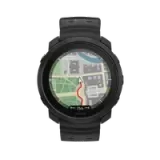 Polar Vantage M3
Polar Vantage M3
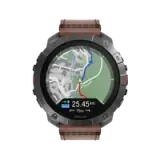 Polar Grit X2 Pro Titan
Polar Grit X2 Pro Titan
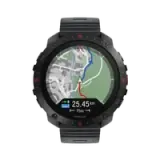 Polar Grit X2 Pro
Polar Grit X2 Pro
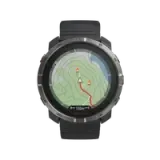 Polar Grit X2
Neu
Polar Grit X2
Neu
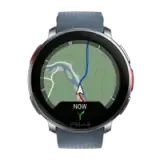 Polar Vantage V3
Polar Vantage V3
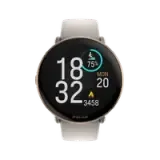 Polar Ignite 3
Polar Ignite 3
 Polar Ignite 3 Braided Yarn
Polar Ignite 3 Braided Yarn
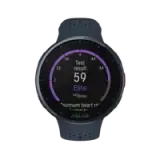 Polar Pacer Pro
Polar Pacer Pro
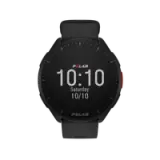 Polar Pacer
Polar Pacer
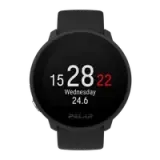 Polar Unite
Grit X Serie
Vantage Serie
Die Pacer Serie
Ignite Serie
Polar Unite
Grit X Serie
Vantage Serie
Die Pacer Serie
Ignite Serie
